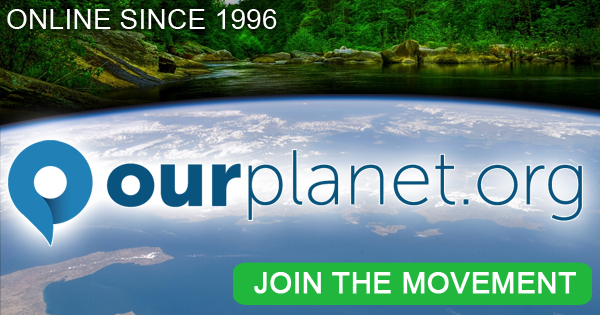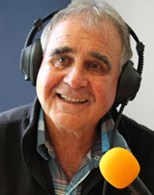
At the other end of the scale you have the actively disengaged again between 2 and 6% of society, though you would think that they were very dissimilar from the former, however, in many ways they are two sides of the same coin. These people, basically oppose things, because that is who they are ... they are also quite noisy and we focus a lot of energy endeavouring to change them, when in many ways there is no point. You also have the disengaged group, not quite as bad as the actively disengaged, which make up around another 10%.
HOWEVER, the best is to focus on the other 68% of society, they are the neutral group.They don't necessarily have strongly held belief systems and they are the ideal audience because they are by far the easiest people to influence because of a lack of strongly held belief systems.
Thus influencing them is a lot more easier, they can can swing either left and right and there are a lot more of them.
The choice of language when communicating with the 68% is critical ...
The method of getting people emotionally engaged is by pictures, motion, sound and telling stories.
Since cavemen the telling of story ... emotional language that is descriptive and helps people create mental images and now actual images, with new latter day media.
Emotional engagement first, then followed by logical information.
Note that Governments don't lead they follow, thus to get the people to lead we need to involve a conscious electorate ...
So we need to be influencing and educating the general population. It is the voters that will dictate what the government will or will not do.
Remember, all the NZ Nuclear Free Zones that sprung up over the country was because many strong spirited people, and caring Mothers wanted a safe future and one for their children. So, after many towns, cities and district councils enacted these Nuclear Free Zones as soon as over 76% of the country was covered, it gave the then Labour Government the MANDATE to declare NZ Nuclear Free.
The challenge is dealing with our own hierarchy of needs, and our own every day concerns and worries ... to eventually be able to shape a coherent pathway to an engaged and resilient, cohesive community,
Subjects covered:
Cognitive dissonance.
Environmental Choice (ECNZ) is the eco-label for independently proven eco-friendly products from New Zealand. A label for NZ and backed by the Government, where someone has done the thinking for you, so its good to line up with this standard so that you can sell it in, knowing that ethically you are selling a quality product.
Element Magazine, produced inside the NZ Herald.
A noble publication. The media flagship for sustainability in this country.
Enviro-schools is a facilitated Education for Sustainability programme implemented through a whole school approach to benefit the school and wider community. Always need to put in solutions with the young.
We may not be able to curtail the overuse of resources, but we can slow this down enough so as to push out the date, further into the future to cushion us more from the coming crunch.
Find out how humans actually respond to the threat of loss rather than the opportunity of gain ...
Why is it that women and mums will spend time separating the recycling from the rubbish and food, as well as paper and cardboard, but a large number of NZ men, just quickly dump it anywhere out of sight.
An interesting hypothesis.
Hunters and gatherers - women see widely, men see very focussed. Women are possibly more observant and look and read signs, men looking for movement often don't acknowledge static signs but look for moving signs.
Courage. Children need to be encouraged to have strong values and be courageous to call out their peers when they do something out of line. i.e drop rubbish and litter around when they could walk a few metres and place in the required receptacle.
This interview has much usable and empowering information for us to be the change we want to see in the world, and encourage the community to become more conscious, self reliant and resilient.
